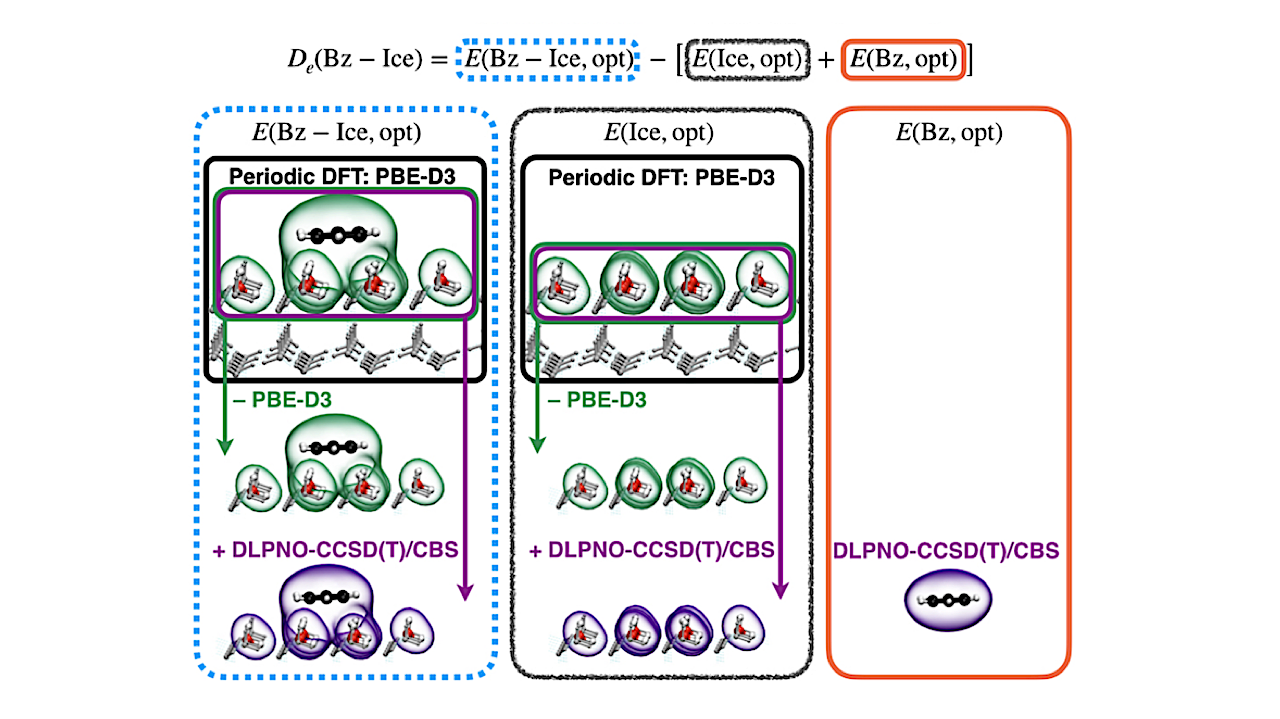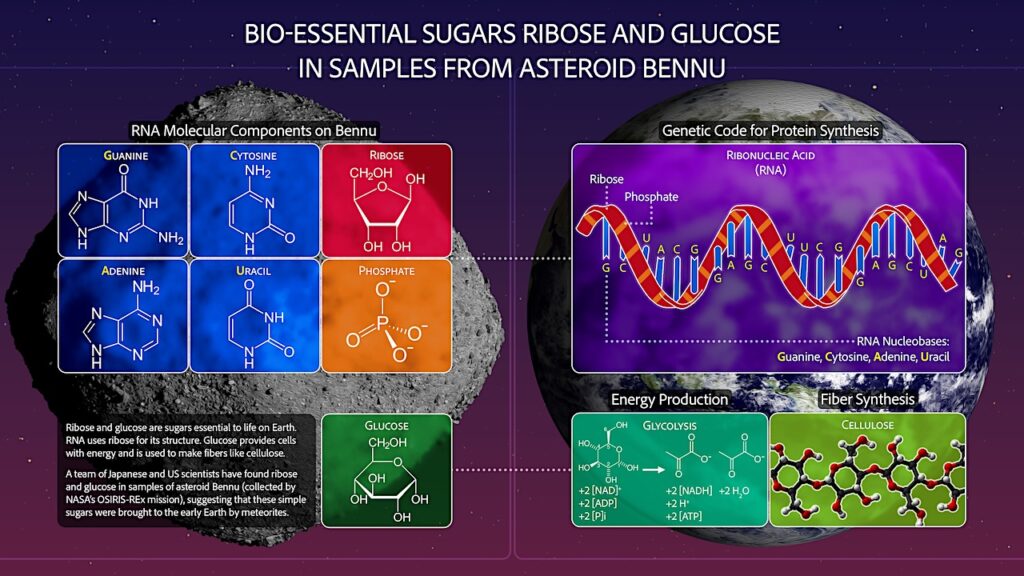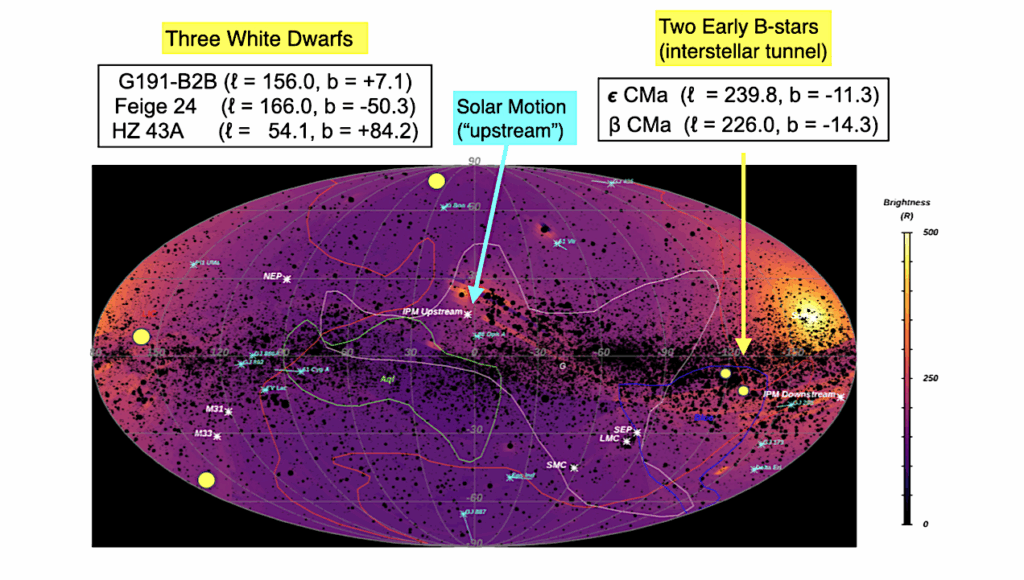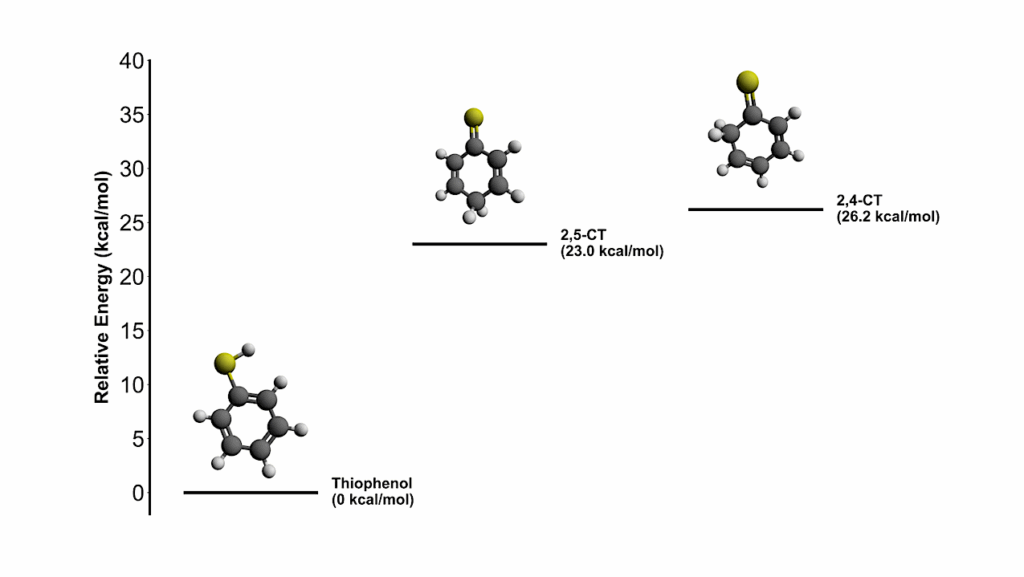Hybrid Approach Predicts A Lower Binding Energy For Benzene On Water Ice

In this paper we provide a highly accurate value for the binding energy of benzene to proton-ordered crystalline water ice (XIh), as a model for interstellar ices.
We compare our computed value to the latest experimental data available from temperature programmed desorption (TPD) experiments and find that our binding energy value agrees well with data obtained from binding to either crystalline or amorphous ice. Importantly, our new value is lower than that used in most astrochemical networks by about nearly half its value.
We explore the impact of this revised binding energy value for both an AGB outflow and a protoplanetary disk. We find that the lower value of the binding energy predicted here compared with values used in the literature (4050 K versus 7587 K) leads to less depletion of gas-phase benzene in an AGB outflow, and leads to a shift outwards in the benzene snowline in the midplane of a protoplanetary disk.
Using this new value, the AGB model predicts lower abundances of benzene in the solid phase throughout the outflow. The disk model also predicts a larger reservoir of gas-phase benzene in the inner disk, which is consistent with the recent detections of benzene for the first time in protoplanetary disks with JWST.
Victoria H.J. Clark, David M. Benoit, Marie Van de Sande, Catherine Walsh
Subjects: Earth and Planetary Astrophysics (astro-ph.EP); Astrophysics of Galaxies (astro-ph.GA); Solar and Stellar Astrophysics (astro-ph.SR); Chemical Physics (physics.chem-ph)
Cite as: arXiv:2406.19117 [astro-ph.EP] (or arXiv:2406.19117v1 [astro-ph.EP] for this version)
Submission history
From: David Benoit
[v1] Thu, 27 Jun 2024 11:53:42 UTC (1,007 KB)
https://arxiv.org/abs/2406.19117
Astrobiology, Astrochemistry,








